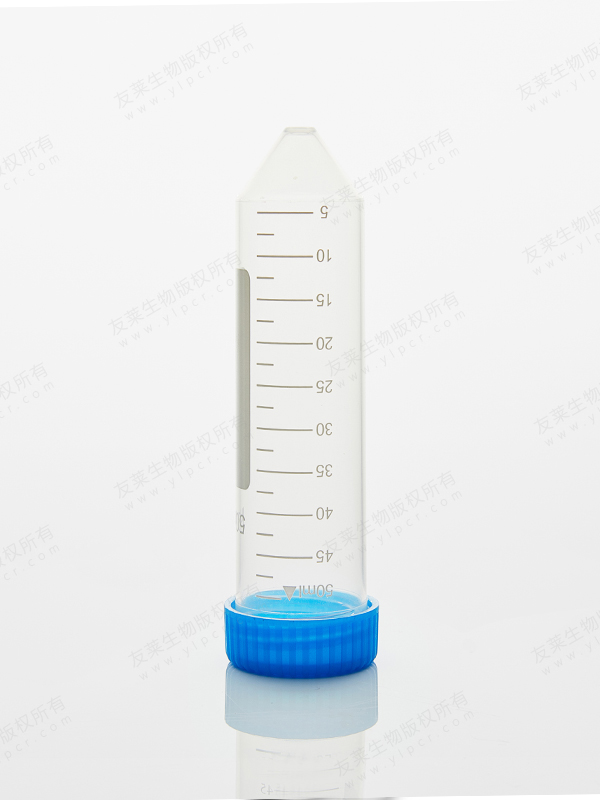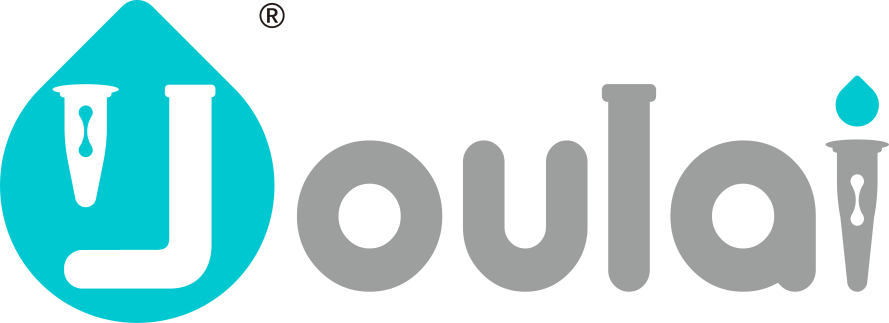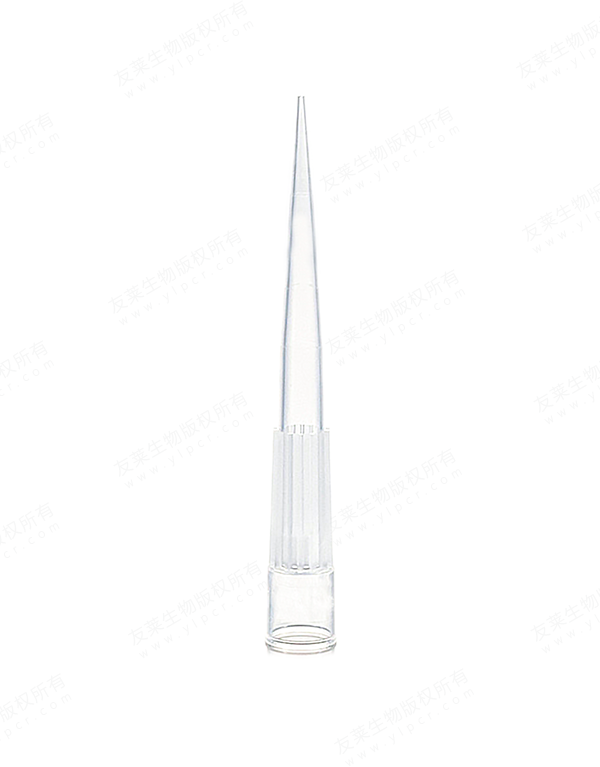The manufacturing of centrifuge tubes typically begins with the selection of high-quality raw materials. Most centrifuge tubes are made from polypropylene, a polymer known for its strength, clarity, and chemical resistance. This material ensures that the tubes can withstand the high centrifugal forces encountered during operation, making them suitable for various applications, including clinical diagnostics, molecular biology, and biochemistry. Manufacturers often prioritize sourcing materials that meet industry standards to guarantee the tubes' durability and reliability.
Once the raw materials are selected, the next step is the molding process. Injection molding is commonly used to create centrifuge tubes, where molten polypropylene is injected into precision-engineered molds. This method allows for the production of uniform, high-quality tubes that meet specific dimensions and tolerances. The use of advanced molding techniques ensures that each tube can withstand the demands of centrifugation, reducing the risk of breakage during use.
After molding, centrifuge tubes undergo a rigorous quality control process. Each batch is tested for physical and chemical properties to ensure they meet safety and performance standards. This may include assessing the tubes for clarity, resistance to chemicals, and their ability to withstand high g-forces. Manufacturers often implement automated inspection systems that utilize advanced imaging technology to detect any defects in the tubes, ensuring that only products meeting stringent quality criteria reach the market.
Innovation in centrifuge tube design has also been a significant focus in recent years. Manufacturers are continuously exploring ways to enhance the functionality and user experience of their products. For instance, many centrifuge tubes now feature graduated markings that allow for easy volume measurement, helping researchers accurately quantify their samples. Some tubes are designed with special closures that enhance sealing capabilities, preventing leaks and contamination during centrifugation.

In response to the growing demand for sterile products, many manufacturers offer sterilized centrifuge tubes, providing added safety for sensitive samples. These tubes are typically subjected to gamma radiation or ethylene oxide treatment to eliminate any potential contaminants, ensuring that they are safe for use in clinical and research settings. This focus on sterility aligns with the increasing emphasis on quality assurance in laboratory practices.
Another notable trend in centrifuge tube development is the push toward environmentally friendly materials. As sustainability becomes a priority across industries, some manufacturers are exploring biodegradable options and recyclable materials for centrifuge tubes. This shift not only addresses environmental concerns but also meets the growing demand for responsible manufacturing practices.
As laboratories become more automated, the compatibility of centrifuge tubes with robotic systems and liquid handling platforms is increasingly important. Manufacturers are designing tubes that seamlessly integrate with these technologies, enhancing efficiency and precision in sample processing. This trend reflects the broader movement towards automation in laboratory workflows, allowing researchers to focus more on analysis and interpretation rather than manual tasks.

 English
English русский
русский 中文简体
中文简体
水印.jpg)



